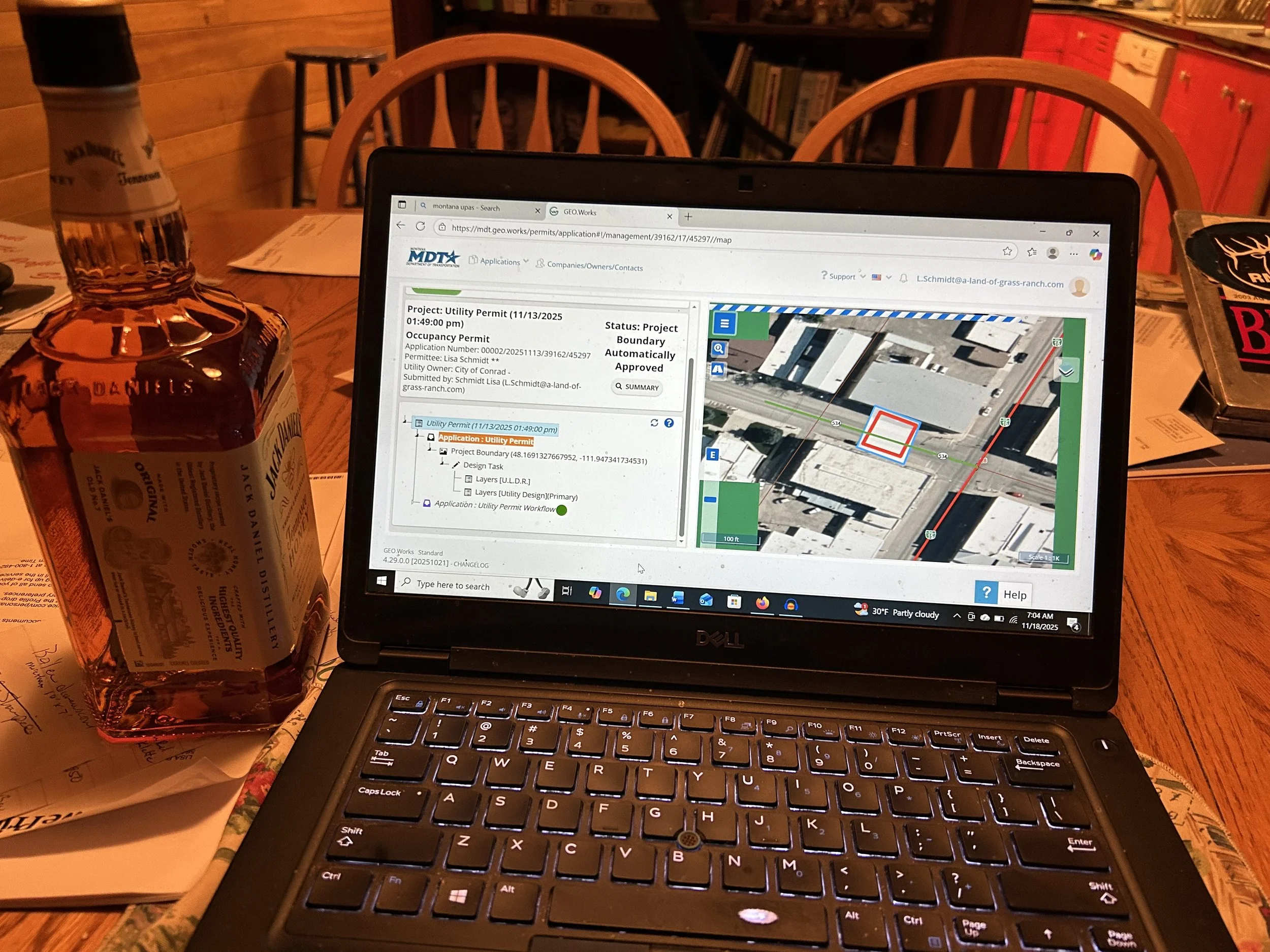Backward Planning
The only way I can accomplish complicated projects is to break them into small steps
and plan backward.
My soon-to-be ready-to-eat, safe on-the-shelf meals are a complicated project.
One small step requires 450 gallons of water to quickly feed the steam generator that
fills my super-efficient pressure cooker -- my retort – to cook these meals.
My retort is scheduled to show up in early January and I need to begin production as
soon as it arrives.
Currently, my building that will house my food manufacturing kitchen has a 1-inch water
line with 87 pounds of pressure that can provide 50 gallons of water a minute.
Besides supporting the retort, I need water in my building to supply six toilets, three
showers, three washing machines and nine sinks.
A 1-inch line is too small.
A 2-inch line at 87 pounds of pressure will deliver about 200 gallons of water per
minute.
That should be enough.
I called an excavation contractor to see if he could install it.
He said I better talk to the city.
He also mentioned that it is extremely difficult to dig in frozen ground and, by the way,
this is November.
I don’t have much time.
Maybe I should have started this process last July.
Next, I called the city public works manager.
He said I would need to connect to the main water line that runs down the middle of the
street.
That street happens to be a state highway.
I need a permit.
The contractor and the city manager both said the Montana Department of
Transportation is slow to issue permits.
I called the DOT.
The helpful people directed me to various other helpful people who eventually told me
that I can fill out a permit online.
To do that, I only need a survey, right of way documentation and a traffic control plan.
Meanwhile, the excavation contractor said he is busy trying to get other jobs finished
before the forecasted cold weather hits Conrad next week.
I called a different contractor.
When I say I called, I mean I begged.
We figured out a plan to dig six feet down to the main city water line, get city workers to
connect my pipe, cut out a three-foot square of the sidewalk down six feet, then run a
directional drill from the middle of the street to the hole in the sidewalk.
All of this will happen while one lane of traffic is detouring around the project.
We can backfill the holes in the street and then repave them.
Once we have 34 feet of 2-inch copper pipe attached, we will drill through the concrete
of the basement, remove the old 1-inch water service so I don’t have to pay for two
water lines, and hook the new service up.
It all starts with a permit from the state.
Over the weekend, I attempted to fill out the online application, written in engineer-
speak.
Several times.
The system kept crashing.
My project clock was ticking.
Between attempts, I checked the weather forecast, as if by checking, the forecast might
change.
The contractor offered a backup plan until warm weather returns: Install a 500-gallon
tank, then use the 1-inch water service to fill it.
By my calculations, I need at least 10 minutes to fill that tank each time.
I expect to use my retort three times a day, so I need 30 minutes of no flushes, showers
or hand-washing during each day.
All because my backward planning is tardy.
Frankly, I bet that if I had started this plan back in July, I would still be racing the cold
weather.
That’s how big projects work.
But I’m kicking myself through this paperwork nightmare.
